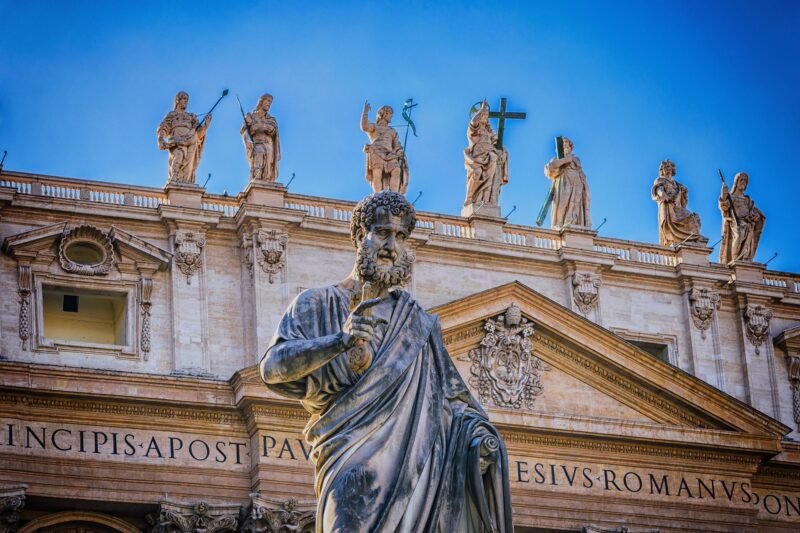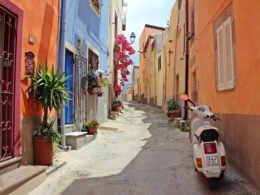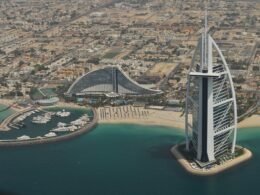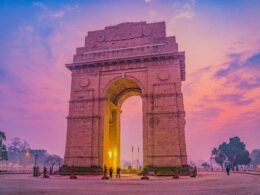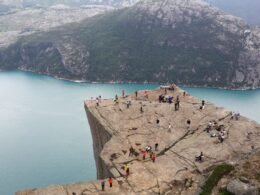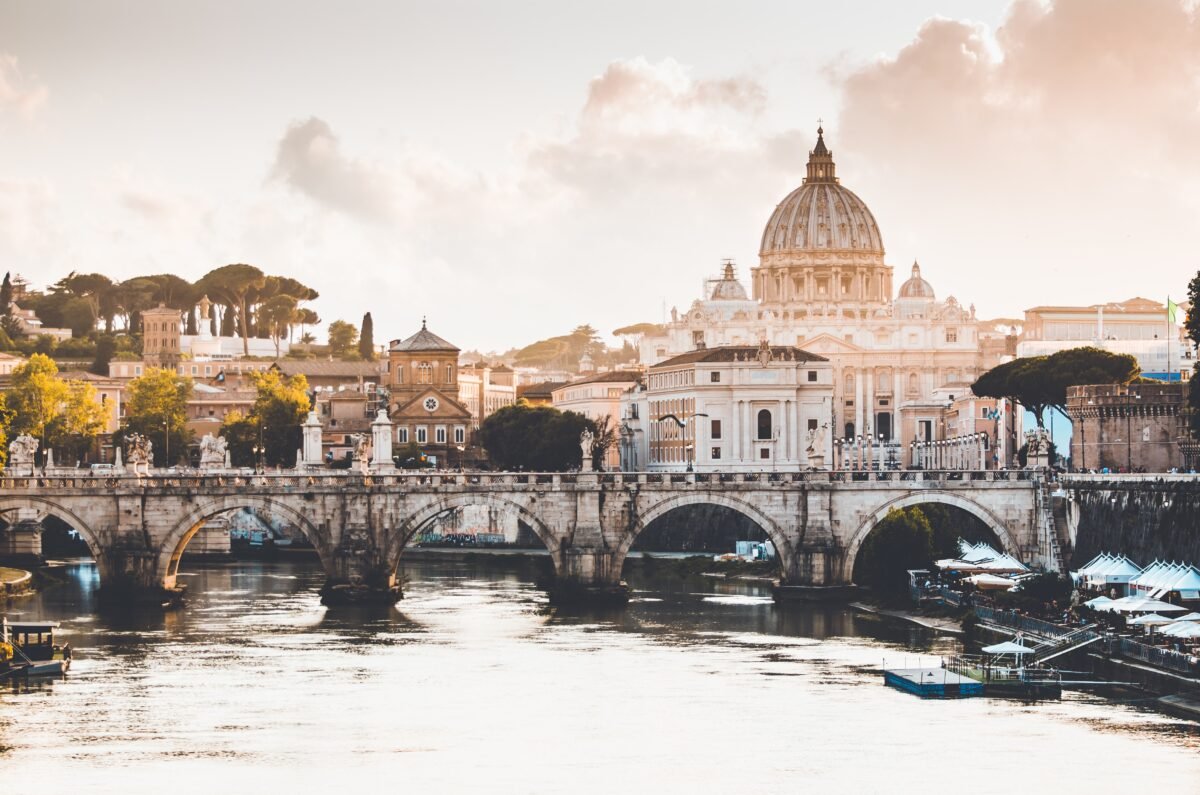
Rome itself is visited by a staggering 7.6 million visitors every year. It is a city that is known the world over for its architecture, culture and, of course, its rich and incredibly diverse history. Such is its importance when it comes to history that you will find plenty of incredible landmarks that attract people to visit. In fact, Vatican City is one such place filled with history that everyone, whether they are Roman Catholic, religious, or not should make time to visit. For many people, a trip to Italy, and particularly one to its capital city is not complete without a visit to Vatican City, a country within a country.
Our essential guide will help you to plan exactly what you should see during your time there. Plus, it provides some important things to consider before your visit to this incredible place.
Table of Contents
- What is Vatican City?
- Visiting Vatican City; some rules and regulations
- Getting to Vatican City
- Important information to help you make the most of your visit
- St. Peter’s Square
- St. Peter’s Basilica
- The Basilica Dome
- The Vatican Necropolis
- The Vatican Museums
- Sistine Chapel
- The Vatican Gardens
- The Gregorian Etruscan and Egyptian Museum
- Visit the Vatican Post Office
- Tours
- Final Words On Your Visit To Vatican City
What is Vatican City?

Founded in 1929, Vatican City is the smallest country in the world. It is located within Italy and encircled by a border that measures just 2-miles. The signing of the Lateran Pacts created this tiny sovereign nation that was once previously a region of marshes known as Ager Vaticanus. At just over 100 acres in size, Vatican City is a tiny one-eighth of the size of Central Park in New York, yet is home to just over 1000 residents. It is an absolute monarchy, and the pope sits at its head. You may sometimes see Vatican City referred to as the Holy See.
Visiting Vatican City; some rules and regulations

Before you visit Vatican City, there are a couple of things that you should be aware of. The first is the dress code that is in place for entrance to many of the places you might want to visit. Vatican City is an incredibly important site of religious significance. As such, appropriate clothing is a must. Shoulders should be covered for anything indoors. Shorts or above-the-knee skirts are not permitted, and cleavage is a no-no. Hats are also not permitted inside. If the weather is hot, then loose clothing might be your best choice. Or, if you have them, the type of trousers where the legs can be zipped off the create shorts could be good for the summer months. These are permitted in St. Peter’s Square.

Photography is permitted in St. Peters Square. However, in many of the indoor attractions that you will want to visit, photography and the use of mobile phones are not permitted. There are plenty of signs to indicate whereabouts this is the case. Plus, there are plenty of officials around to remind you not to if you try!
The other big rule you should consider before you visit is that bags over 40 x 35 x 15 are not permitted inside the Sistine Chapel or the Vatican Museums. When visiting, it might be wisest to pack light. If you need to take a lot with you, then there are cloakrooms, but this will add to your waiting time.
Getting to Vatican City

Vatican City can be found on the west-northwest side of the historic centre of Rome. There are just two entrances that can be used by the public to get into Vatican City. These are on St Peter’s Square and through the visitors’ entrance to the Vatican Museums.
On foot from central Rome, it is a short walk across either the Ponte Sant’ Angelo bridge – which is pedestrians only and lined with stunning statues dating to the 17th century. Or, you can take Ponte Vittorio Emanuele II bridge.
The Rome Metro and local buses also serve Vatican City. The closest metro is just a 7-minute walk away whilst the buses run just a couple of minutes walk from the entrance to the museum.
Important information to help you make the most of your visit
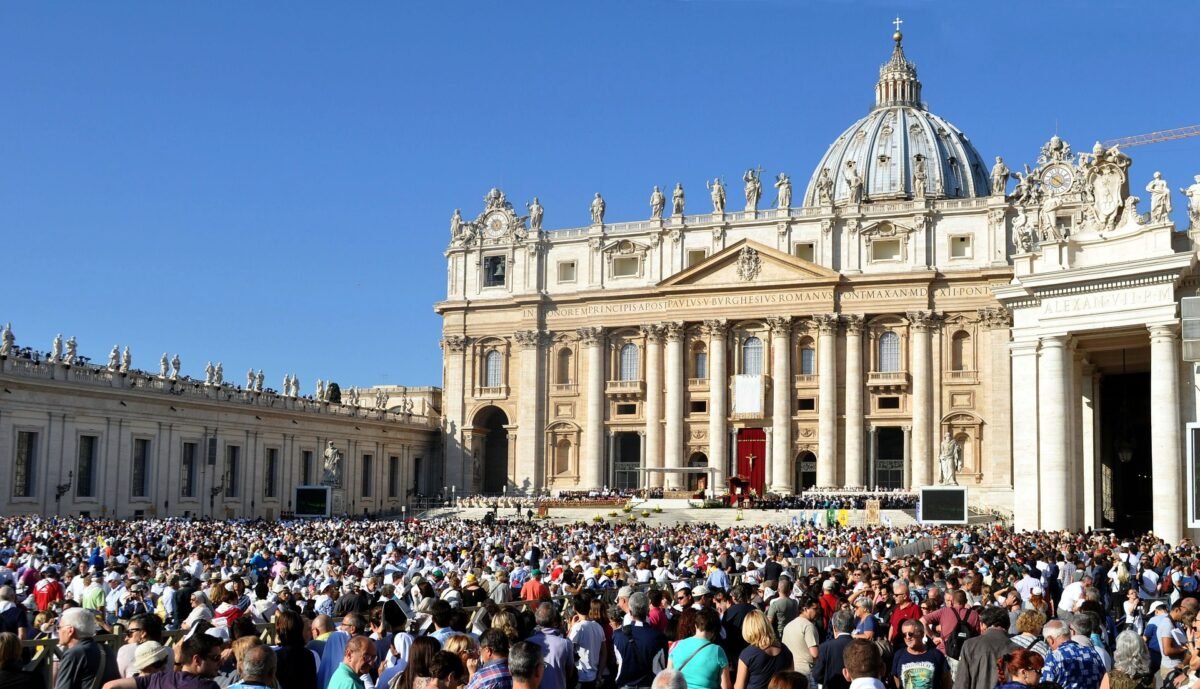
Many of the tickets that you will need to visit attractions within Vatican City can be purchased in advance. As there are roughly 25,000 visitors to Vatican City every day, the queues can be very lengthy, so this is worth considering.
St. Peter’s Square
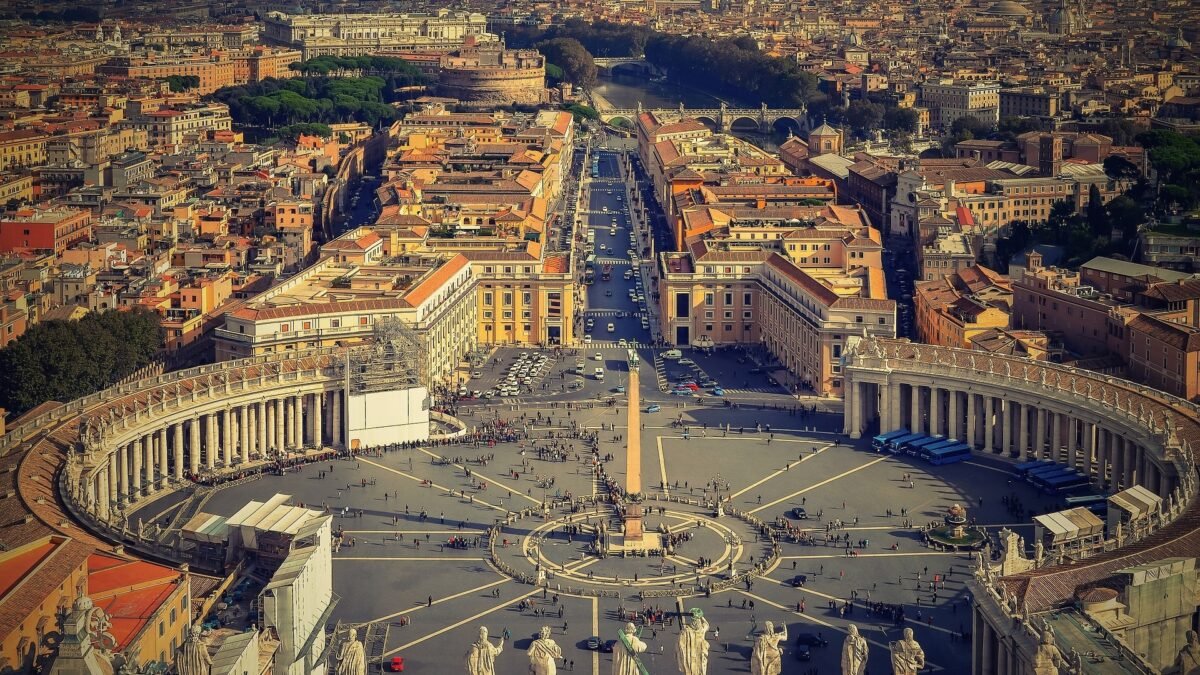
Sprawling St. Peter’s Square, or to give it its Italian name Piazza San Pietro, is one of the grandest public squares that you will find anywhere in Europe. It makes an incredibly awe-inspiring entrance to St. Peter’s Basilica. The Piazza is oval in shape and framed by two imposing curved, double-colonnaded porticos. These are a symbolic representation of the arms of the church in an embrace of the faithful.
The piazza is one of the easiest places in Vatican City to visit. It is free, there are no queues, and even with plenty of visitors around, it won’t be too crowded to explore properly. Plus, you should be able to take plenty of photos. This is where you will also see the line for entry to St. Peter’s Basilica, which begins to the right of the square, under the portico. The other thing you will see in this area is the Basilica of St. Peter.
Travel Tip: On warmer days, if you want to catch a glimpse of the Pope, then visit on a Wednesday. This is when the Pope holds his weekly audience in the Square.
St. Peter’s Basilica
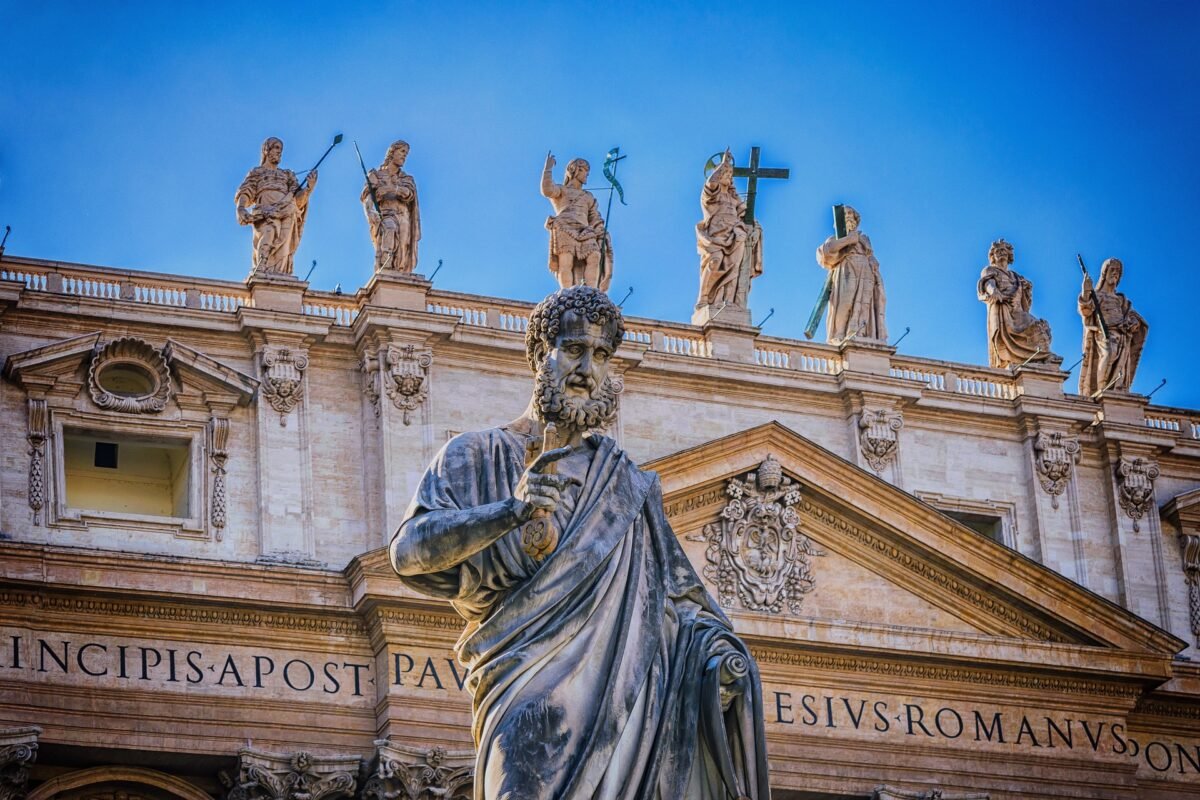
The burial site of Saint Peter, St. Peter’s Basilica, is widely known as the greatest church in all of Christendom. St. Peter was the first Bishop (Pope) of Rome. The church has an incredible history, with its first construction taking place in 319 AD under Emperor Constantine I. The present-day church, much as can be seen today, was reconstructed starting in 1506 under the supervision of Pope Julius II. The Basilica for the sovereign jurisdiction of Vatican City and is the world’s largest Catholic church.

Nothing can quite prepare you for the jaw-dropping sights that await you once you get inside the basilica. The building is covered in marble, carvings, gilt and precious relics that stretch from the floor to the ceiling. The space itself is far bigger than many people realise. It quite literally has been designed to take your breath away.
Some of the things to look out for include “Pieta” by Michelangelo and the baldachin, which was designed by Bernini. It sits over St. Peter’s tomb, the tombs of dozens of popes and the interior of the elaborate dome itself.
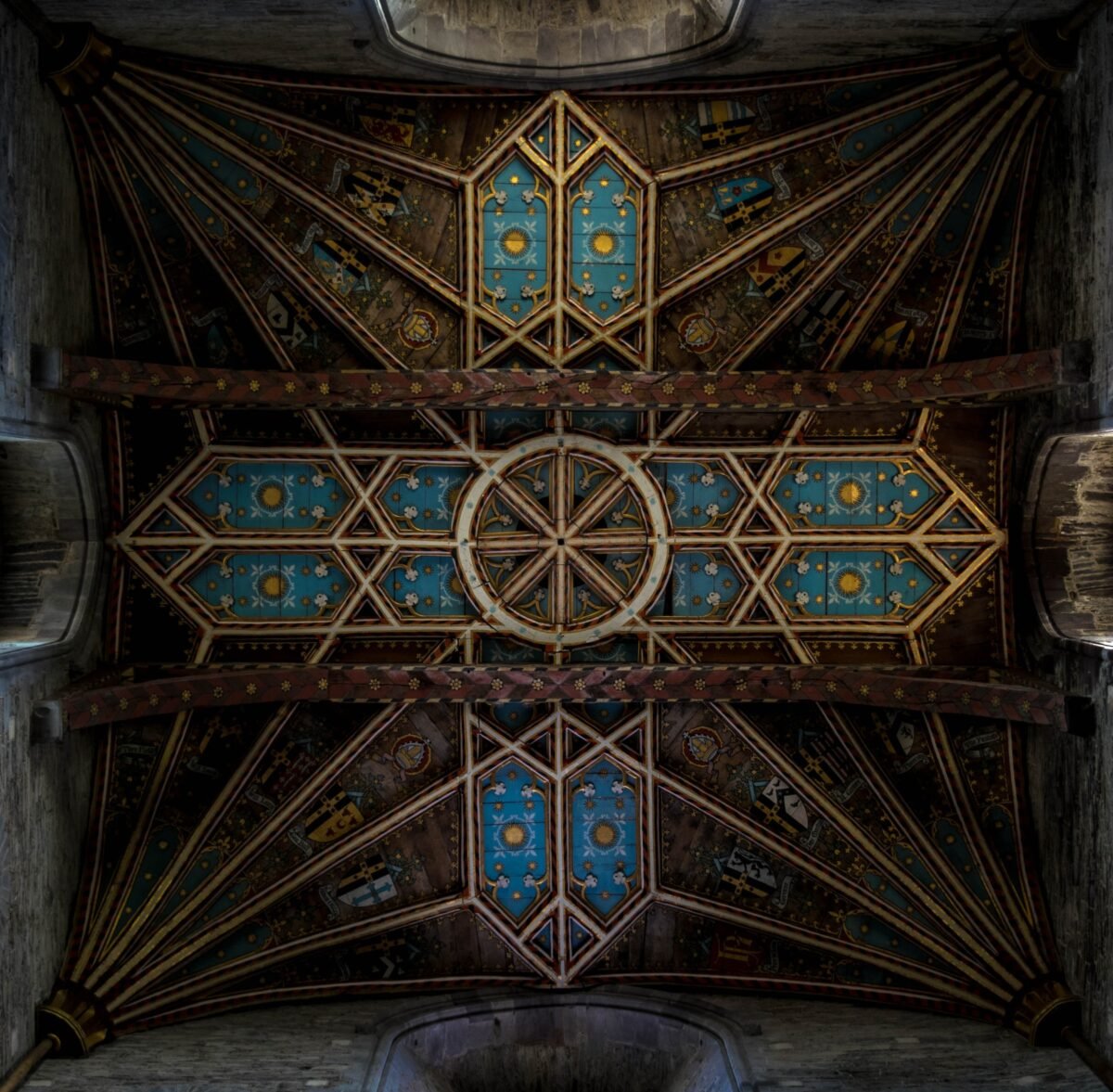
The basilica is free to get into. However, there are security points to get through, and the queues can get long.
Travel Tip: Saturday should be avoided as it will be more crowded. The Pope holds his audience in a hall off the basilica on Wednesdays (except July). This means that there may be more crowds than normal. The basilica is closed for an hour during this time until the papal audience is over.
The Basilica Dome
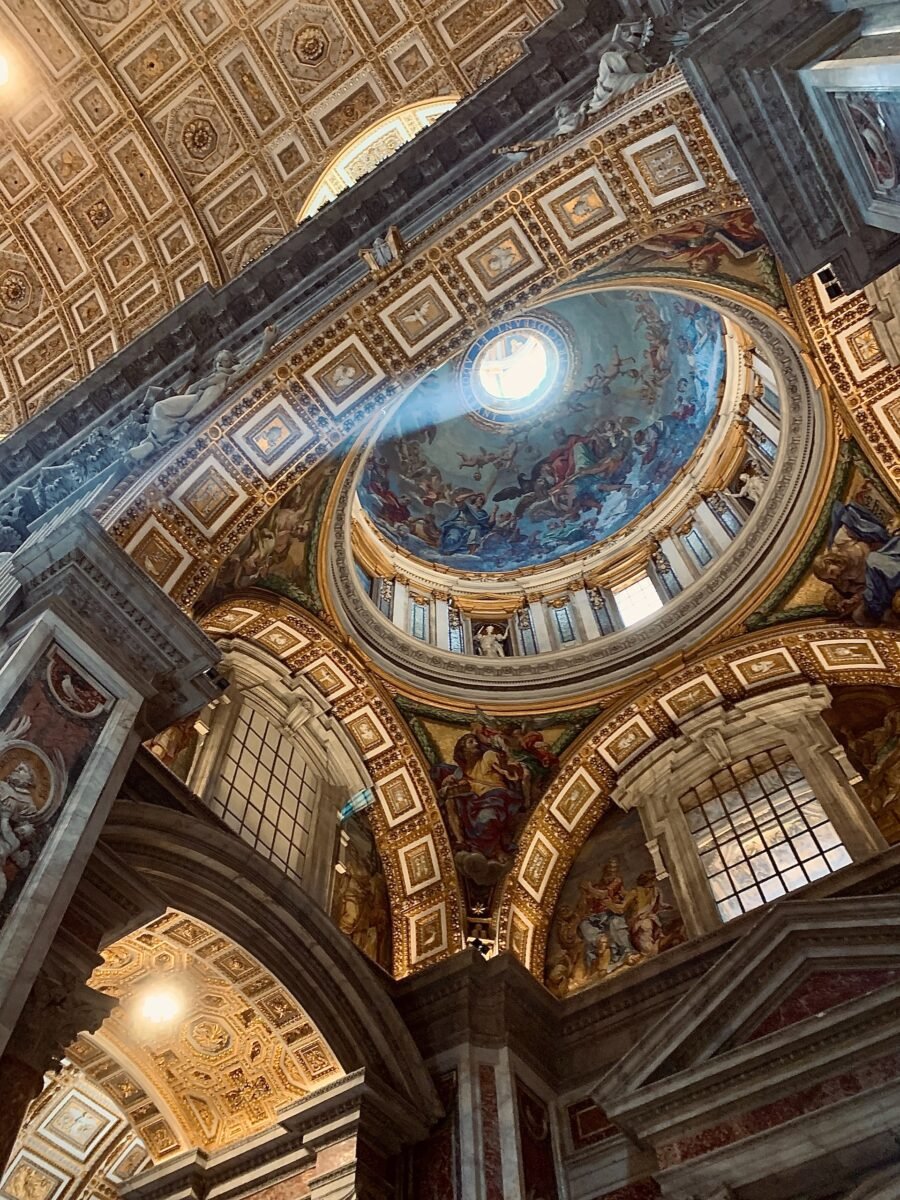
The dome of St. Peter’s Basilica is well worth a visit as well but is not for the faint of heart, as it is very high. There is a fee for this, and you can reach the top by climbing the many steps. Or, you can take an elevator part of the way and complete the experience by climbing the remainder of the way. From the top, not only will you get an incredible view of the basilica but also of Rome itself.
The Vatican Necropolis
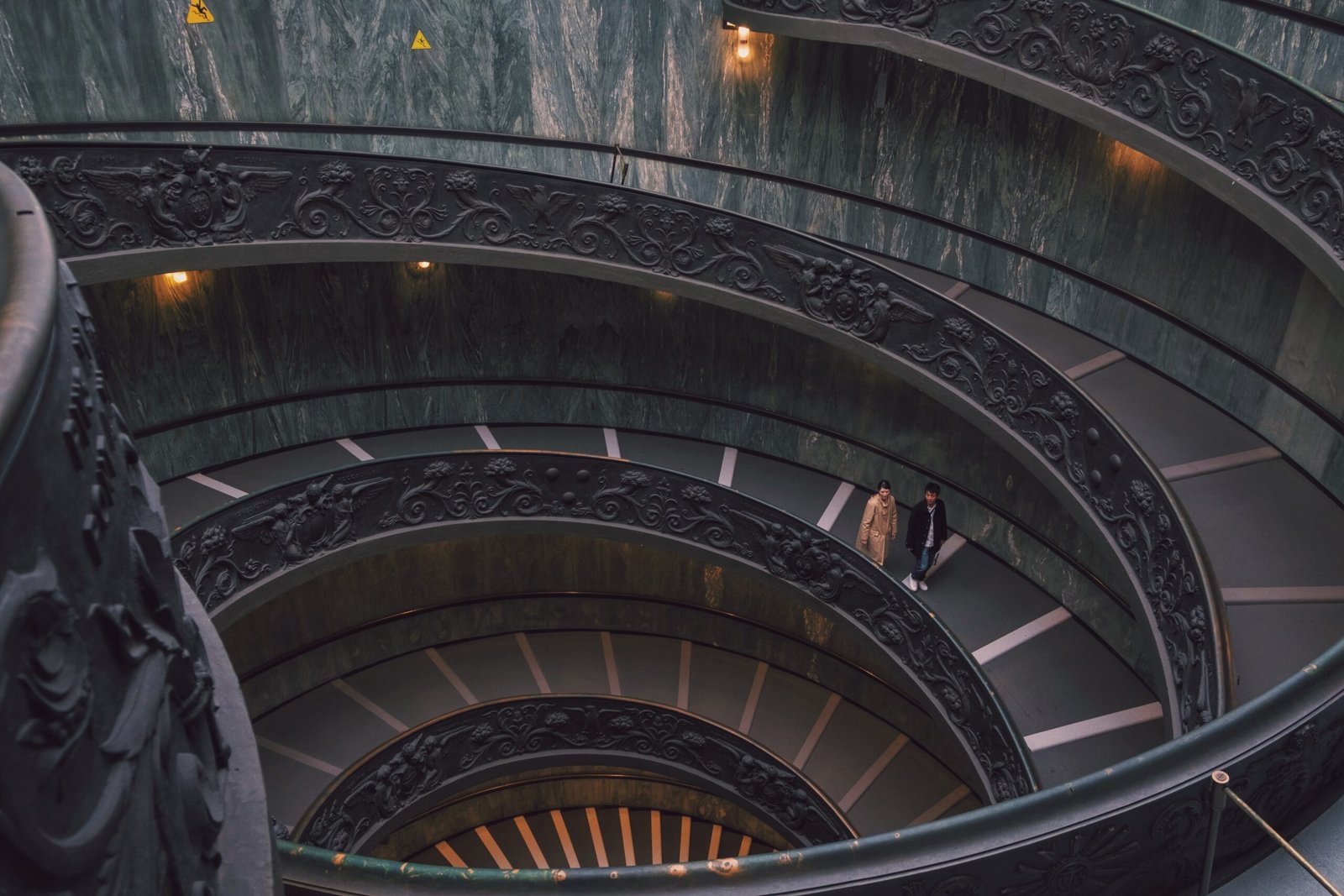
Located 10 metres under the Basilica of St. Peter and below the Vatican Grottoes is the Necropolis. This is Greek for “City of the dead”. The site has been fully excavated and refurbished. There is now a museum which is well worth a visit to learn all about past life and the history of the Necropolis. You will need to purchase tickets for entry. Again, this will need to be done well in advance. They only admit 250 people per day in groups of 12.
The Vatican Museums

If you are looking for the largest collection of art in the world, then you will find it in the Vatican Museums. They’re called museums because of the sheer number of artefacts and art collections that they have under the one roof.
There are around 20,000 objects on display. This is less than a third of the collection the museum actually has. Seeing them all in one day, as well as visiting the rest of Vatican City, is simply not possible.
The museums are in former private apartments and papal palaces. They contain artefacts from ancient Egypt, Rome and Greece.
Travel Tip: The queues for the Vatican Museums can be lengthy. One of the best ways to avoid at least part of this is to book a place on a guided tour. This will help you to skip part of the queue. It will also help you to see some of the most interesting artefacts on display, and tour parties have quicker access to the Sistine Chapel.
Sistine Chapel
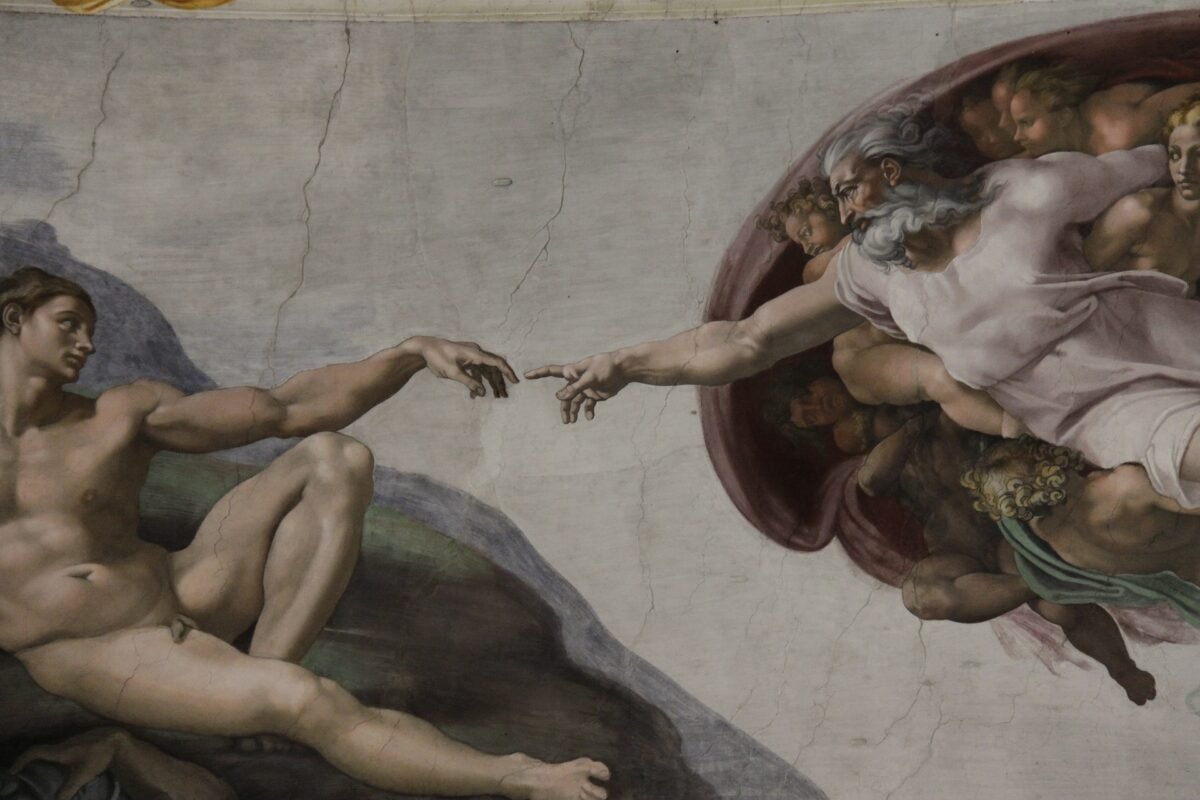
Another site that you will not want to miss is the Sistine Chapel. The ceiling will immediately draw your attention on entry. It is one of those spectacular sights that will stay with you for a long time. The chapel is in the Apostolic Palace, the Pope’s official residence. It is home to “The Last Judgement”, the famous fresco that was painted by Michelangelo. The frescos tell a number of stories from the bible. They include the creation of heaven and earth, the garden of Eden and Noah and the great flood.
The Raphael Rooms are also worth a visit. They are the home of “The School of Athens”, one of the most famous works of Raphael. They also house the once-private apartments of Pope Julius II.
Travel Tip: You can’t visit the Sistine Chapel on its own. Access is through the Vatican museum, so make sure you visit there first, even for a short while. That way you can access the chapel.
The Vatican Gardens
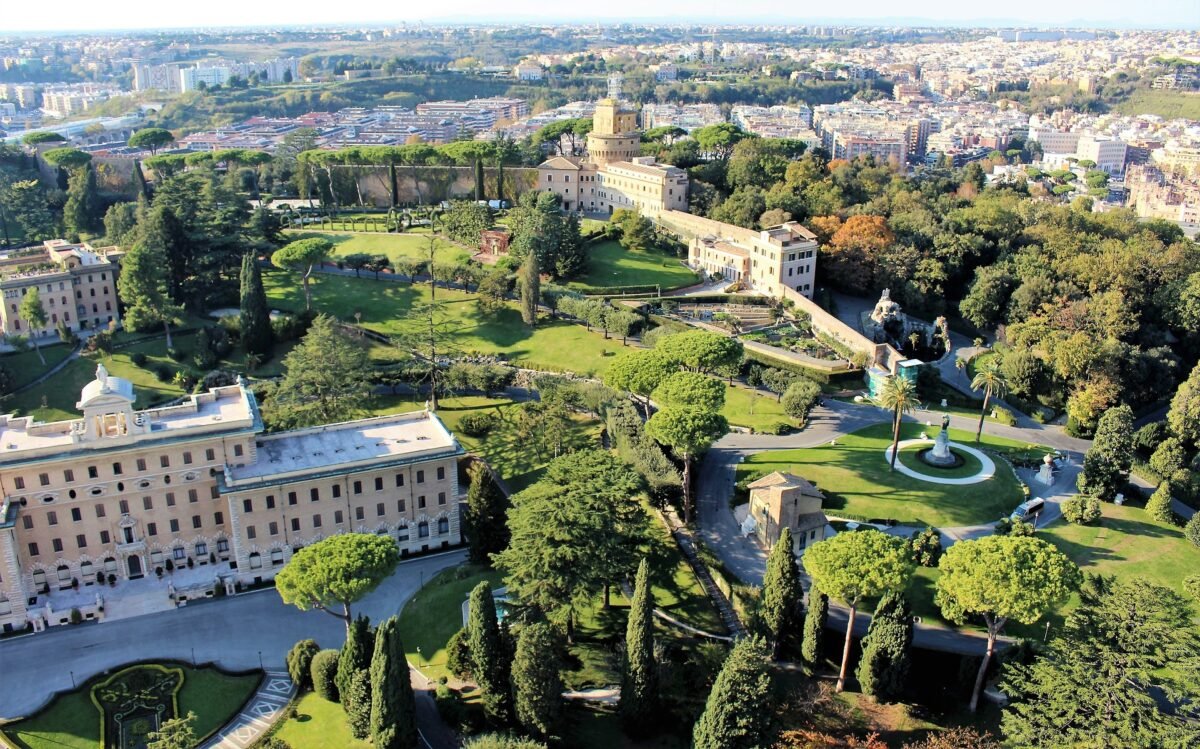
Also known as the Gardens of Vatican City. Here, you will find a series of parks and gardens that cover almost half of the area of Vatican City. Furthermore, the garden features monuments, medieval fortifications and buildings that date back to the 9th century. Take a breath of fresh air and admire the opulent fountains, colourful planting and winding paths. There are also a number of artificial grottoes that are dedicated to the Madonna. Plus, you can see some stunning sculptures.
The Gregorian Etruscan and Egyptian Museum
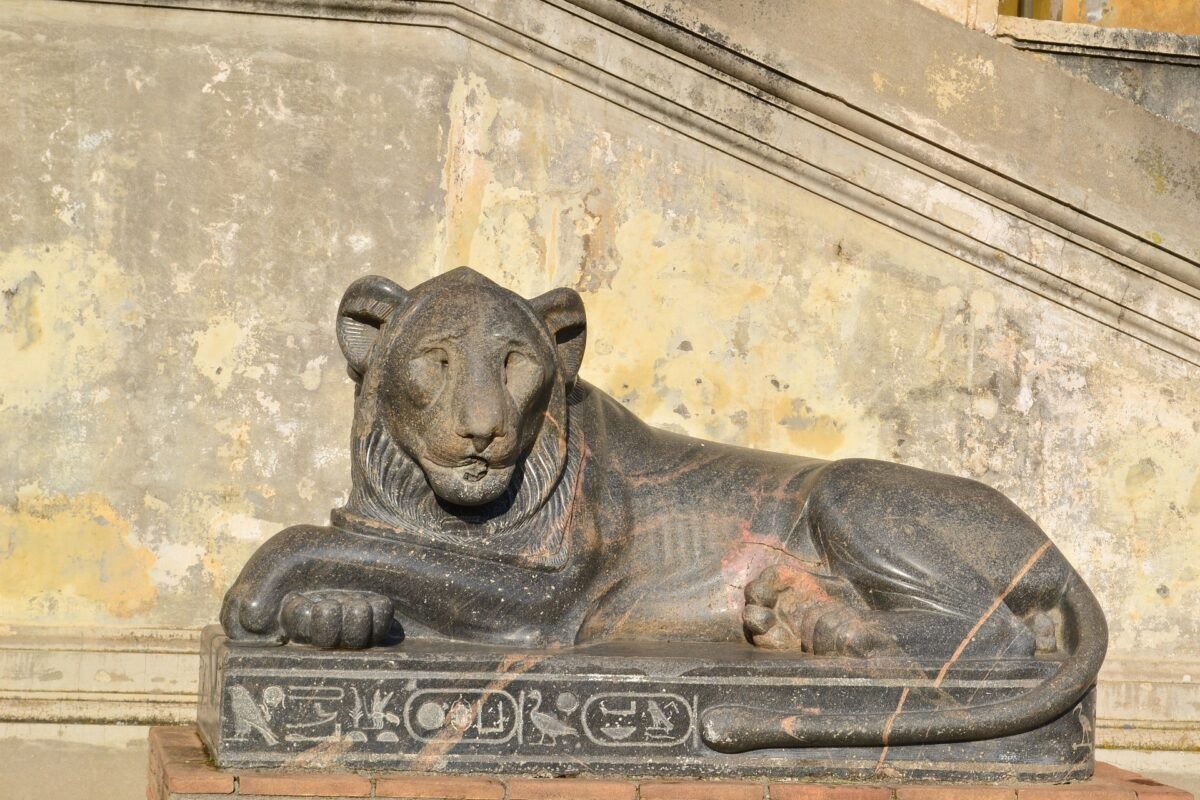
Dedicated to Etruscan antiques, the Gregorian Etruscan Museum is committed to the conservation of rare artefacts. Some of these were unearthed as part of the excavation work carried out in the cities of ancient Etruria. There are also other important collections that the Vatican holds. Alternatively, the Egyptian museum looks at the influence of Egypt on Rome, the history of the culture of the pharaohs and the setting of Tivoli’s Hadrian’s Villa.
For those with an interest in ancient history, this is a must on any trip to Vatican City.
Visit the Vatican Post Office
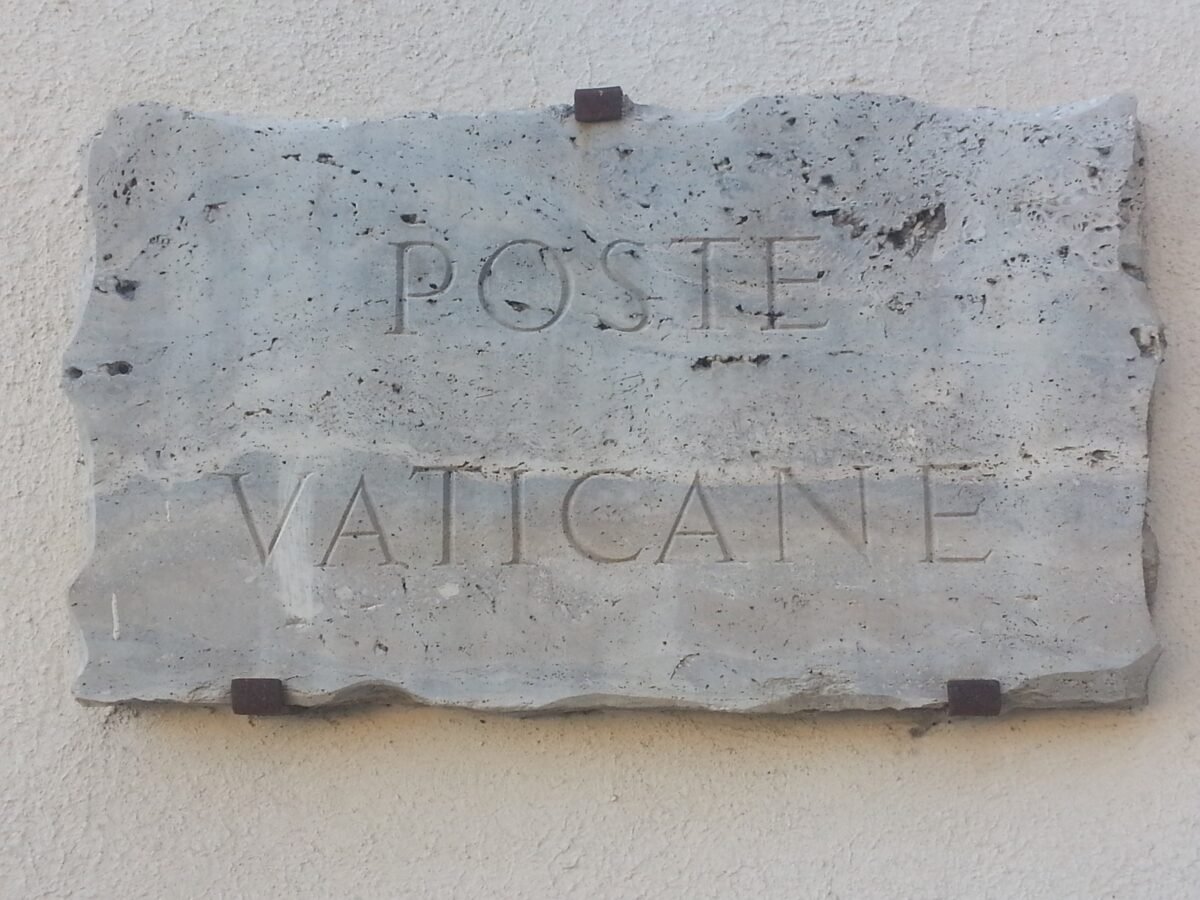
Anyone who loves collecting stamps in their passport will be disappointed to note that passports are not required to enter Vatican City. If it’s proof you’ve visited you’re looking for, why not visit the Vatican post office? They issue their own stamps, which have an image of the Pope on them. You can send yourself a postcard, which will remind you of your visit. The post office is located on the left side of St. Peter’s square.
Travel Tip: The Vatican also mint their own Euro coins. As an additional souvenir, consider paying with cash. That way, you will be given Vatican coins in your change.
Tours
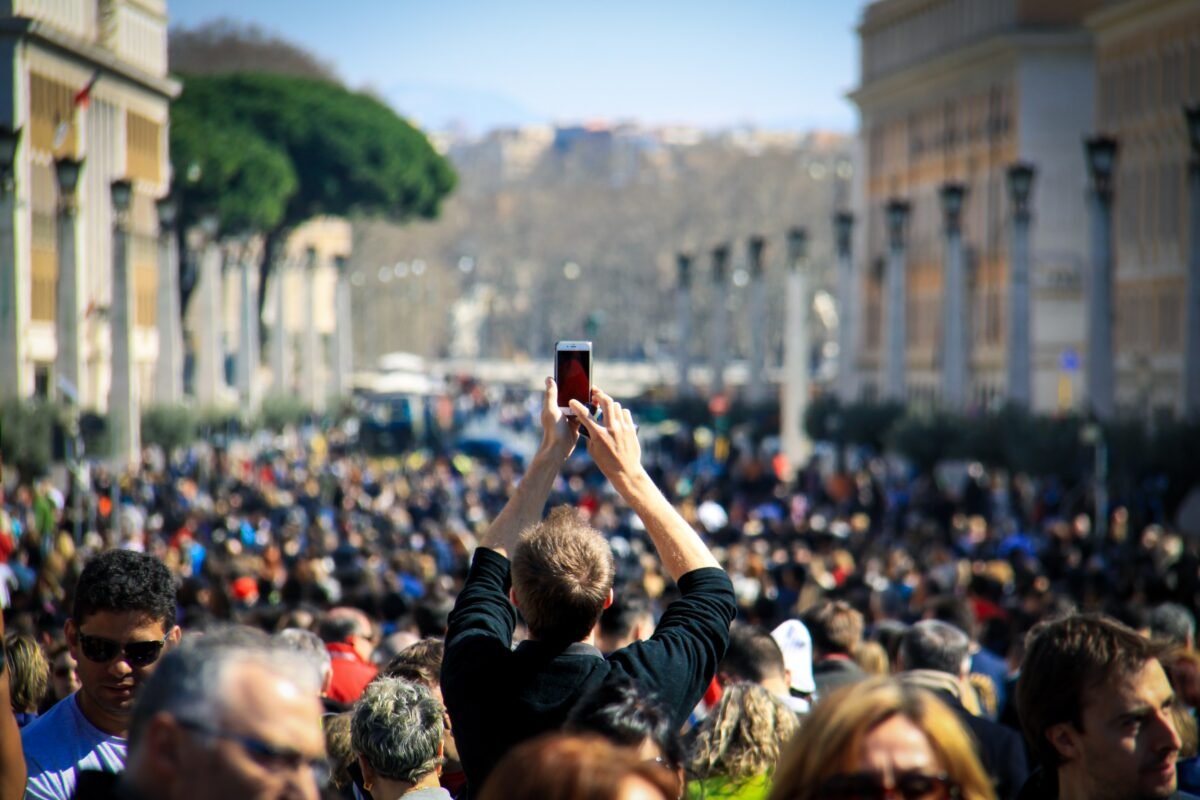
There are so many incredible examples of architecture, works of art and ancient artefacts to be seen in Vatican City. One of the best ways to see everything, and get expert information, therefore, is to book a place on one of the wide range of tours that are available.
There is a tour for everything. Therefore, you should take some time to look for the right one for you. Being a member of a tour group is a great way to make sure that you see everything you want. Plus, it can also help when it comes to avoiding some of those rather long queues.
Perhaps surprisingly, there are tours that are based around the books of Dan Brown. They will take you to many of the places mentioned in his novels, if you want something a little different.

Final Words On Your Visit To Vatican City
With so much to see and do, you won’t do it all in a day. Therefore, why not book a long break to Rome and spend a couple of days in Vatican City. That way, you’ll make sure you don’t miss out on the sights you need to see.






